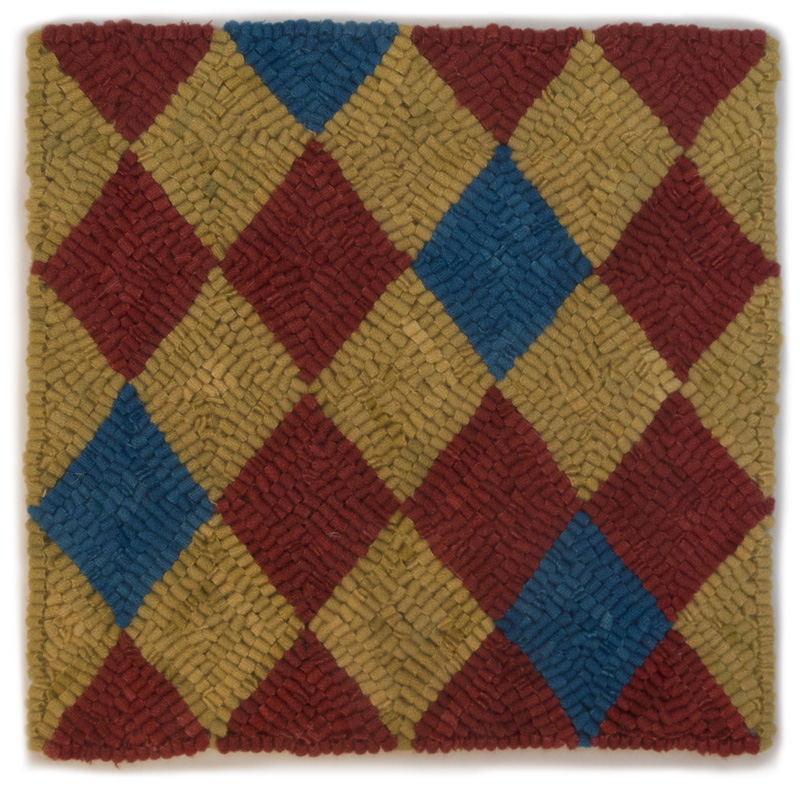Chinese Maple, Catskill, NY, 1981; oil on canvas, 14 x 28 in.
Someone recently asked me why I'd stopped doing complex landscape paintings; I answered that I wanted to get closer to 20th century reductive abstraction, which I love. But that's only part of the story: I also wanted to get out from under the heavy burden of content, the meaning––environmental, sociological––of those paintings. So this post is meant to tell the story of my journey, and it is related to my recent posts on William Carlos Williams, "no idea but in things", and John Singleton Copley, "The Primacy of the Object".
When I was a young artist exhibiting my "portraits" of domestic architecture, it never occurred to me to wonder what my paintings were about, except for the formal aspects of light, color, composition, form, mass and detail. I had studied with Philip Pearlstein, who eschewed "meaning" in his painting. The figures in his work were not metaphors or narratives; they were bodily facts, used to create dramatic compositions. As a full disclosure, I have to mention that for a few years around this time I also painted narrative figure compositions, so whatever yen for story I had went into those.
The Potato Field, Cutchogue, NY, 1982; oil on canvas, 15 x 34 in.
Soon I began to expand my field of vision to include the landscape around the houses. Because I was still very interested in structured compositions, my attraction was to land that had been worked: an agricultural landscape. I slowly began thinking about the meaning that resided in the land.
Tractor and Ag-Bags, Groton, Vermont, 1994; oil on canvas, 30 x 90 in.
I read books in cultural geography, such as John B. Jackson's Discovering the Vernacular Landscape, and John Stilgoe's Common Landscape of America: 1580 to 1845; and books that explored the meaning of art beyond the formal, such as T. J. Clark's The Painting of Modern Life: Paris in the Art of Manet and his Followers, and W. J. T. Mitchell's Landscape and Power. Now the landscape was no longer simply a beautiful expanse of space and light, but carried history and culture; it showed all aspects of its use and abuse. The agricultural landscape became, for me, evidence of the positive and negative aspects of our relationship to the land.
Hay Storage, Central Valley, California, 1995; oil on canvas, 44 x 66 in.
In the early 90s, for three years, I taught in California. Being there was a huge shock to my understanding of agriculture: this was the land of industrial farming, the image above at a dairy where they milked thousands of cows. Single vegetable crops were grown in huge acreages, everything prodded into growth with fertilizers, pesticides, and irrigation. As a colleague of mine mentioned, "the soil is just there to hold the plants up". So all these meanings resided in the paintings I was doing; they weren't overt, but they directed my subject matter of plastic and tires, machinery and manure.
White Hose, 2005; egg tempera on panel, 28 x 42 in.
In 2002 my focus shifted again, influenced by still life photographs I was doing with my first digital camera. The landscape left the picture and all that remained was the stuff of agriculture, the machinery, the plastics, the silage, the concrete. At first the paintings were large and complex, but as time went on, I made the compositions simpler as I zoomed in to the subjects. I began to feel hemmed in by my content; what had motivated me before––the difficult environmental and social issues around farming––became extraneous to my concerns, which were formalist.
Opening, 2013; egg tempera on calfskin parchment, 5 1/2 x 7 1/2 in.
In 2010 I began to paint very small works on parchment; their compositions have become quite simple and direct...."no ideas but in things"....and the things are in themselves enough. I still find my subjects in agricultural implements; they have such variety of shape and color that they are of continual interest to me. But I don't expect any story beneath them, any social/historical/environmental content; there is enough meaning and feeling and mystery in color/shape/form/light/composition. I know there are many people who wish I was still painting large complex landscapes, but I have to answer, in the immortal words of Bartleby the Scrivener, "I would prefer not to".





















































